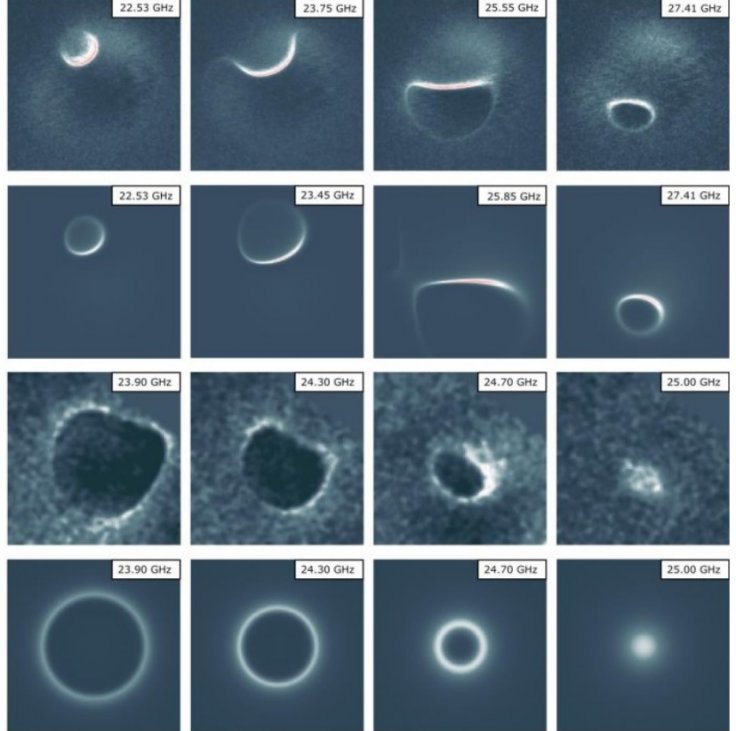
Using a very advanced technique, scientists have successfully carried out Magnetic Resonance Imaging (MRI) on atoms. The scanning helped scientists to capture the magnetic fields of single atoms and experts believe that this development could improve human understanding of the universe in subatomic scales.
In the research report published in the journal Nature Physics, researchers revealed that they have successfully detected the spins of atoms. Later, researchers combined MRI technology with a scanning tunnelling microscope to image a single atom using tiny samples of iron and titanium.
Using sharp metal tips of the microscope, scientists isolated a collection of atoms and later created the three-dimensional map of their magnetic field.
Philip Willke, a researcher at the Institute for Basic Sciences in Seoul said in a recently issued statement, "It turns out that the magnetic interaction we measured depends on the properties of both spins, the one on the tip and the one on the sample. For example, the signal that we see for iron atoms is vastly different from that for titanium atoms.
In addition, he said, "This allows us to distinguish different kinds of atoms by their magnetic field signature and makes our technique very powerful."
Now, Willke and his team of researchers are planning to conduct more MRI scanning on complex atomic structures. Through these upcoming experiments, the research team aims to capture individual spins that make up unique magnetic materials and molecules.
As this new study report has now surfaced online, experts are lauding the team for their impeccable effort that paved the way to capture the magnetic field of minute atoms.
"It's a really magnificent combination of imaging technologies. Medical MRIs can do great characterization of samples, but not at this small scale," Ahmed Duke Shereen, a physicist at the Advanced Science Research Center in New York told The New York Times.









